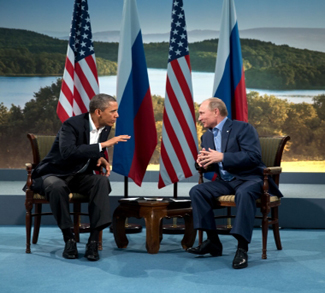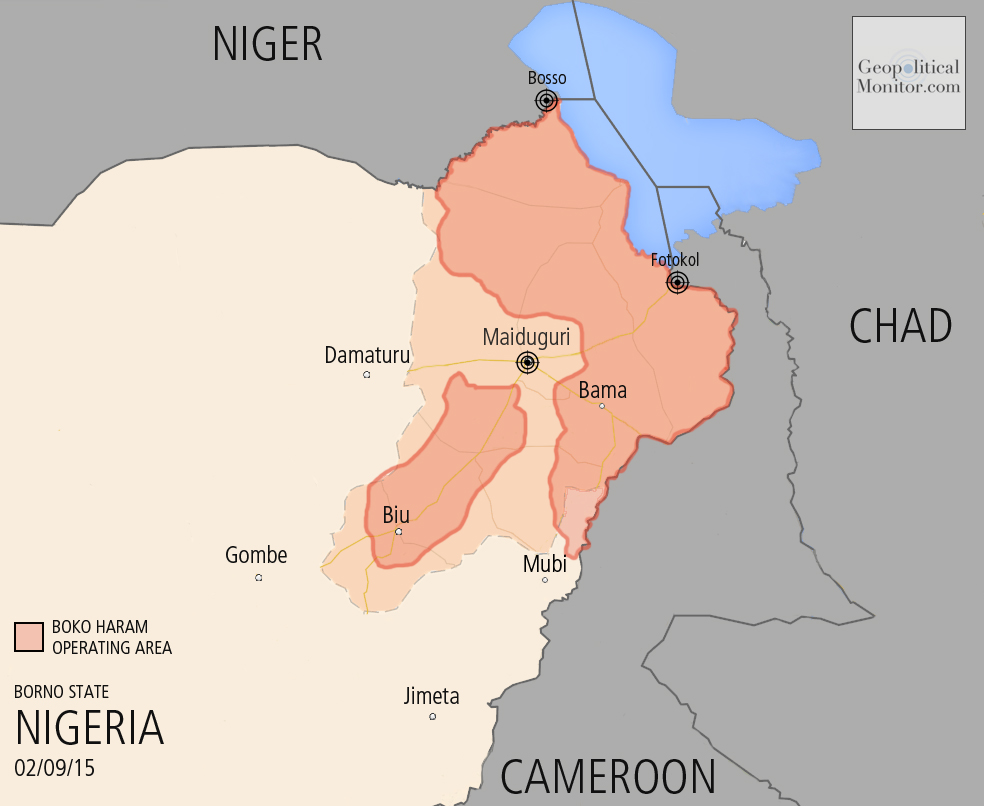Summary
The Department of Defense has submitted an annual report on the military power of the People’s Republic of China to Congress. The progress outlined within the report suggests that China is well on the road to becoming a de facto regional military power in East Asia.
Analysis
China is continuing a comprehensive military modernization program that was initiated by a switch in military doctrine from large-scale, infantry-based ‘peoples war’ to technology driven, high-intensity ‘local wars’.
The PLA is still working towards the establishment of a two-tiered naval defense perimeter. The core zone, or ‘first island chain’ incorporates the East China Sea, Taiwan, and most of the South China Sea. While this is in keeping with China’s basic defense needs, it is worth noting that Chinese naval dominance of the South China Sea risks causing a Sino-Vietnamese rift over disputed islands and overlapping defense spheres.
The scope of the peripheral defense perimeter, or ‘second island chain’, is potentially more provocative. It extends eastward from the first island chain, incorporating the Philippines and the waters south of Japan, essentially moving right into Japan’s backyard. Chinese designs on the waters immediately south of Japan are sure to cause alarm within the US-Japanese alliance, as well as add a further impetus for Japan to shift away from its’ pacifist constitution.
China’s current technology only allows it to threaten surface ships within the second island chain via submarines and short and medium-range ballistic missiles controlled by onshore sites within China.
Military Advancements
China’s nuclear deterrent is now more survivable, consisting of solid-fuel ICBMs on mobile truck launchers as well as a new class of nuclear-powered ballistic missile submarines.
China’s area-denial capabilities have markedly improved, particularly on the high seas. The PLA Navy is now able to pose a credible risk to large surface ships and aircraft carriers via quiet submarines, anti-ship cruise missiles, and wake-homing torpedoes.
The PLA Air Force (PLAAF) is being re-modeled on the Russian/American model. It is no longer strictly territorial, but rather able to deploy off-shore and used in an offensive or defensive capacity. The PLAAF continues to modernize and expand its forces, focusing on Russian-bought Su27s, Su30s and the domestically built F-10 fighter.
In addition to material procurement, the Chinese government is also overhauling China’s military-industrial complex by fostering integration and facilitating the acquisition of dual-use and foreign weapons technology. This has allowed for Chinese state-owned defense companies to domestically produce advanced weapon systems such as missiles, fighter aircraft, and warships.
Zachary Fillingham is a contributor to Geopoliticalmonitor.com



